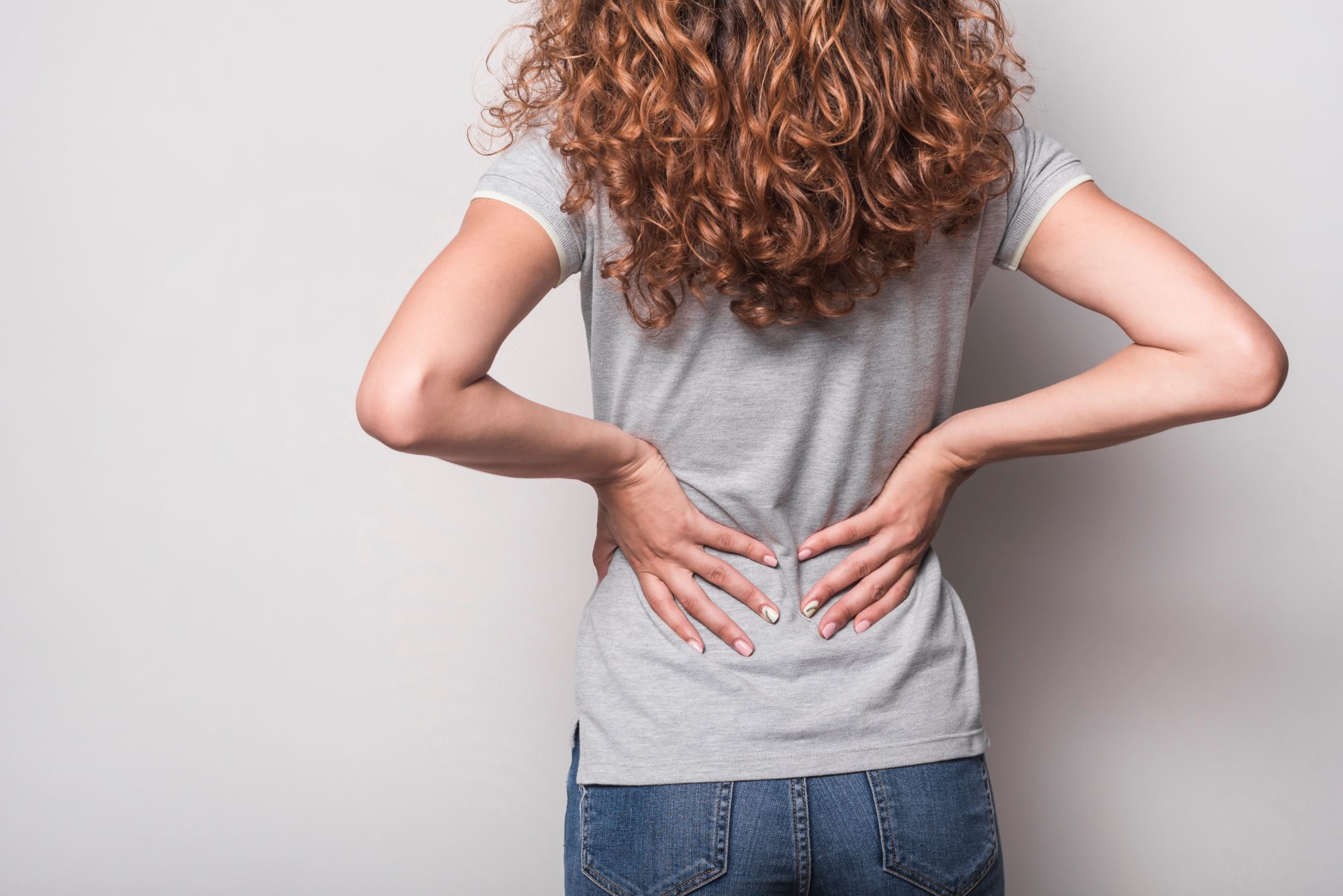7 tips for managing back pain.
80% of people will experience back problems at least once in their life. The figures for back pain increase as our lifestyle becomes more sedentary. Back pain often comes from a mixture of physical, chemical and emotional problems. If you experience back pain, it is recommended to consult your chiropractor (even if the pain passes) to correct functional disorders that may persist. While waiting for your first session or between sessions, here are 7 tips to relieve back pain:
1 Increase physical activity.
Back pain can prevent certain movements, and of course, you should not force in the direction of pain. However, it is important to maintain regular and healthy physical activity (walking, sports while paying attention to technique) in order to stimulate blood circulation and muscle and joint mobility which accelerate healing. The benefits of regular physical activity are numerous and are not limited to aesthetics and sports performance. In addition, stopping physical activity tends to make back problems worse by creating more muscle tension and stiffness.
2 Posture
This advice is rather straightforward. However, a lot of people think their posture is correct, until looking at pictures that show otherwise.
The back is designed to work while standing, squatting or lying down. This is why the majority of posture problems are found in the sitting position. However, we spend 8 hours a day (or more) with our backs slumped and our heads placed forward. Set an alarm every half hour to reposition yourself. You will feel much less tension in the back at the end of the day.
To reposition yourself well, here is an effective technique: while exhaling, release your whole body forward. Inhale while putting everything back (head raised, eyes in the air, arms back, back straight). Gently release your whole body on the sides as you exhale. The shoulders will fall in line with the back, and the head will be better positioned.
3 Stretching
A lot of back pain comes from muscle tension in the paravertebral muscles. Stretching them regularly allows them to relax and better circulate the blood to drain toxins (muscle waste).
To properly stretch your back in case of back pain, we suggest two exercises.
Stand with your legs apart and extend your right hand up and to the left. Your body should look like a spiral. Do the same with the left hand, extending up and to the right. You can do these movements slowly and repetitively or hold for 10 seconds on each side.
Egg position: stop immediately if pain increases in this position. Lying on your back, bring your knees to your chest and circle them with your arms. Bring the buttocks back to the ground. Hold the position for about 30 seconds, and do not do it more than 2 or 3 times during the day.
4 Sleeping position
Certain sleeping positions can worsen or even trigger back problems, especially lower back pain and neck pain. A mattress that is too soft will tend to worsen chest problems. The ideal sleeping position is on the side with a cushion between the knees, followed by on the back. Sleeping on the stomach should be avoided.
If you suffer from back pain and want to sleep on your back, put a big cushion under your knees to reduce tension in the lower back. If you want to sleep on your side, make sure that your pelvis is not twisted, but aligned. It’s common to put one leg in front of the other, which twists the pelvis and puts a lot of strain on the pelvis’ ligaments and the lower back.
If you sleep on your stomach, try to put a duffel on one side to be halfway on the side, which will allow you to reduce the tension on the cervical.
5 Hydration
Intervertebral discs are very rich in water. They are among the first elements to suffer from a lack of hydration. Remember to hydrate regularly to supply your discs with water and improve muscle function. Although doctors always recommend a minimum of 1.5 liters of water a day, this is the minimum. Depending on your weight, your water requirements increase. The majority of people reach optimal hydration between 2 and 3.5 liters of water per day. To facilitate water intake, which can be complicated if you are not used to it, remember to drink a lot of water as soon as you wake up. It is the time of day when the body needs it most, and so it’s usually easier to drink at this time.
6 Nutrition
Provide your body with a diet rich in energy and low in sugars and acidifying substances. This promotes better healing and a decrease in inflammation that often accompanies back pain. Eat lighter and healthier and you will feel back pain diminishing.
Losing weight also reduces stress on the vertebrae, therefore reducing back pain. If you have gained a few pounds and have back pain, especially lower back pain, it may be worth investing in proper nutrition and physical exercise.
7 Stress management
The back is particularly sensitive to our emotional state. Patients frequently consult with back pains that occurred without a detectable cause, simultaneously with emotional stress (the arrival of a child, moving, divorce, death of a loved one, work, etc.).
Think about whether your back pain could be due to emotional stress and start taking steps to manage it. This could already have an effect on your back pain. Practices such as meditation, hypnosis, yoga, etc. can help release emotional stress and initiate healing. It’s still important to consult a chiropractor to correct the physical troubles that could have been caused by this emotional stress.







